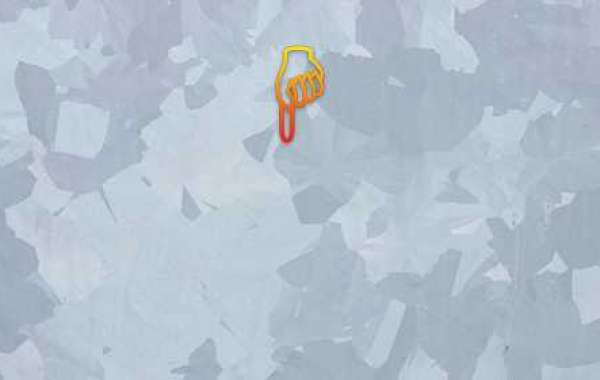Bis[2-(2-butoxyethoxy)ethyl]adipate As a Plasticizer in Biocomposites
Bis[2-(2-butoxyethoxy)ethyl]adipate (DBEEA) is usually used as a plasticizer, mainly used in rubber, polyurethane, plastics, artificial leather, and cable materials. In addition, DBEEA is well compatible with natural rubber and synthetic rubber, thereby improving the low-temperature softness of rubber. Studies have shown that the introduction of DBEEA will reduce the melt viscosity of the composite material and promote the processing performance of the material.
In a recent study, researchers employed DBEEA as a plasticizer to prepare polymer composites based on poly(3-hydroxybutyrate) (PHB) and cellulose fibers (CF). Subsequently, the colonization and biodegradation behavior of the composite was investigated. The research results show that the developed composite material has good biodegradability and is an excellent candidate for environmentally friendly materials, especially for use as packaging materials.
Adipates are colourless and odourless and they are used in a number of coating, washing and cleaning applications, lubricants and greases, plant protection products, adhesive and sealants, polishes and waxes. Di-(2-butoxyethyl)adipate, is used in polar elastomers, which provides good low temperature flexibility. Bis[2-(2-butoxyethoxy)ethyl]adipate, is used to improve cold flexibility and/or hydrocarbons extraction in both PVC and polar rubbers compounds. Examples of application are wires/cables, hoses or shoe soles. The thermal stability that it provides in rubbers is superior to that provided by many other plasticisers.
High molecular weight polyethers were predicted to exhibit interesting physical properties, due to the presence of the oxygen atoms in the polymer backbone, which imparts more flexibility to the polymer chain. Also, a saturated polymer chain provides excellent ozone resistance. The formulating of ECH\ECO\GECO compounds is very much the same as developing a compound for more common elastomers, i.e., SBR, EPDM, NBR, etc. Typical carbon blacks, white fillers, and process aids can be used, along with various antioxidants (metal dithio-carbamates, amines, and imidazoles).
Plasticizers that are close to the same polarity as the polymer should be used, to a maximum of approximately 30 phr, depending on the filler level. These plasticizers are usually diesters and ethers. Examples of compatible plasticizers are DOP (Dioctyl phthalate), DIDP (Diisodecyl phthalate), and DBEEA (Di (butoxy-ethoxy-ethyl) adipate).
![Bis[2-(2-butoxyethoxy)ethyl]adipate As a Plasticizer in Biocomposites](https://xn--wo-6ja.com/upload/photos/2023/12/4S6NxLdv6IikbIqI2U9s_21_6ed636b92738cfdc792fe00d7c0e4387_image.jpg)







